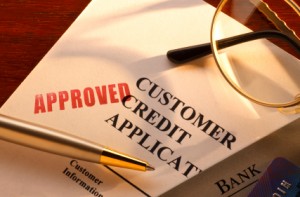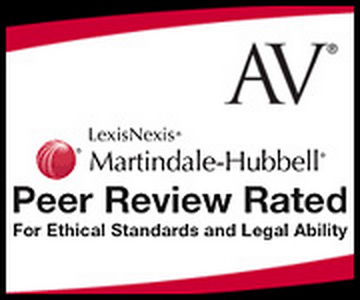 Rebuilding your credit score after bankruptcy is not as difficult as one might imagine. Whether you file bankruptcy or not the most important factor in improving your credit score is the ability to demonstrate a positive-payment history which really comes down to common sense. With that in mind, below are some common sense ideas to help you get started:
Rebuilding your credit score after bankruptcy is not as difficult as one might imagine. Whether you file bankruptcy or not the most important factor in improving your credit score is the ability to demonstrate a positive-payment history which really comes down to common sense. With that in mind, below are some common sense ideas to help you get started:
First, pay the debts that survive bankruptcy ON TIME. Certain debts may be non-dischargeable such as student loans. Other debts, such as car loans may have been reaffirmed during the bankruptcy. Pay these monthly debts religiously and early!
Second, you can obtain a secured credit card from a bank. A secured credit card is a type of credit card secured by a deposit account owned by the cardholder. Typically, the cardholder must deposit between 100% and 200% of the total amount of credit desired. For instance, the cardholder who puts down $1,000 will be given credit in the range of $500 to $1,000. However, do not make the mistake of using your available credit. Maxing out your credit cards hurts your credit score.
Also, all secured credit cards are not the same. Before signing up for a secured credit card, look for the following:
- No application fee and reasonable annual fee. Some secured cards tack huge upfront and annual charges onto their accounts; you do not need to pay these to build your credit;
- Reporting to the major credit bureaus. You are not helping your credit score unless your payment history is being reported to the three major bureaus: Equifax, Experian and TransUnion. Before you apply for a card, call and ask if the issuer regularly reports to all three; and
- The option to convert to an unsecured card after 12 to 18 months of on-time payments. Good behavior should get you upgraded to a regular credit card within a year or two.
Third, obtain revolving debt. It is very difficult on the immediate months after receiving a discharge for a bankruptcy to obtain revolving debt. However, in some cases, a friend or family member may be able to add you as an authorized user to an existing credit card account. If the card holder is responsible with the monthly payments, the credit card company will report these payments as a positive payment history on your credit report.
Fourth, a high-interest credit card, should be considered as a last resort because the terms and interest rates are horrific. People who have recently declared bankruptcy tend to be amazed at the number of credit card offers they receive after their bankruptcy. Remember that using these types of cards got you into this mess to begin with. Therefore, be judicious and sensible in deciding which offers to accept.
Finally, monitor your credit reports from all three bureaus: Equifax, TransUnion, and Experian, on a regular basis. It is very common for a credit report to have numerous errors. If there are errors on your credit report, FIX them. To fix a mistake, go to each credit bureau website and file a formal dispute. Since you just filed bankruptcy, your credit score is VERY fragile and requires vigilance and regular attention. A single late-payment further hurt your already-damaged credit score beyond repair.
The ultimate goal in rebuilding your credit is to demonstrate a history of responsible credit management. This requires time and effort. Remember, because of the bankruptcy on your record, your credit score is very fragile and requires vigilance and regular attention. Fortunately, with each month, and each on-time payment, your credit score will increase.
Randy M. Creighton, Esq.
 Click here to listen to the Legal Hour on KDWN AM720 from January 18th, 2012 in which Managing Partner, Tisha Black Chernine, Esq., discusses some of the different fraud schemes related to the real estate crisis (2:00)(14:20), whether AB 284 can help during a short sale (10:35), steps to take when setting up a small business (17:28), rent-to-own properties (30:50) and strategy for renting properties (34:48).
Click here to listen to the Legal Hour on KDWN AM720 from January 18th, 2012 in which Managing Partner, Tisha Black Chernine, Esq., discusses some of the different fraud schemes related to the real estate crisis (2:00)(14:20), whether AB 284 can help during a short sale (10:35), steps to take when setting up a small business (17:28), rent-to-own properties (30:50) and strategy for renting properties (34:48).




